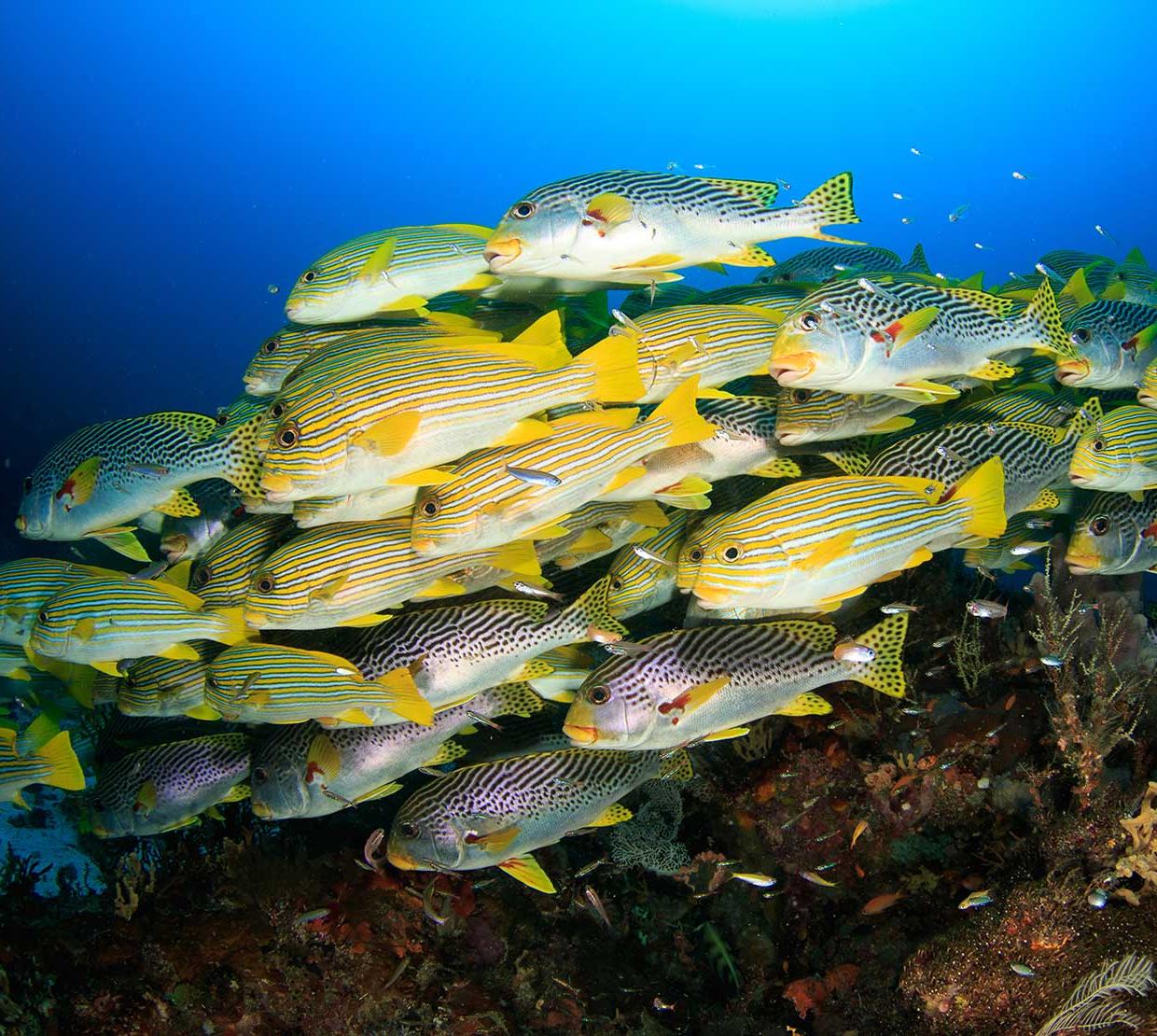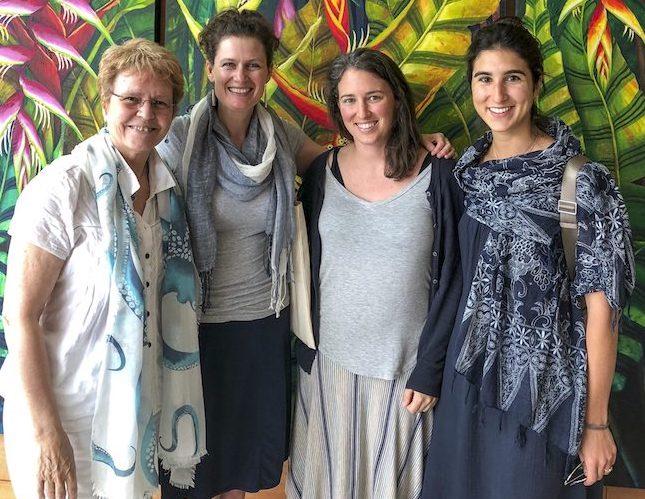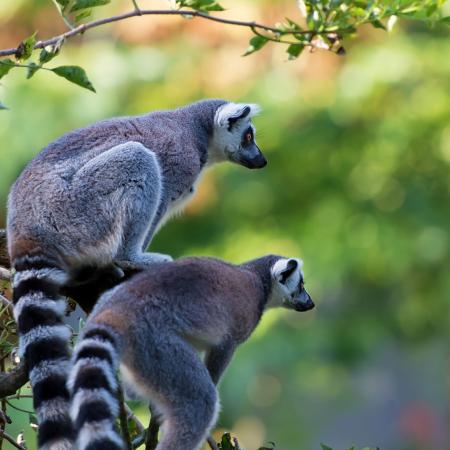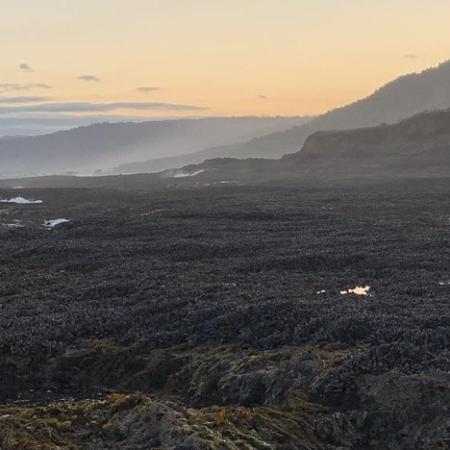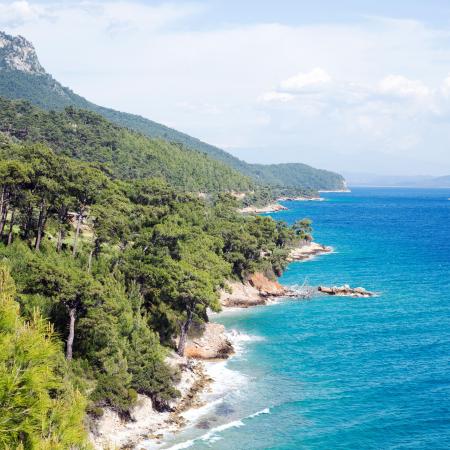“In creating a new solution space for the ocean, we can also address broader global problems. In healing the ocean, we can heal ourselves.” Jane Lubchenco, Science.
The protection of certain regions of the ocean from fishing and other extractive activities has its roots in the island nations of Polynesia, Melanesia and Micronesia, where measures to prevent overfishing and allow for replenishment and conservation have been in use for centuries. Today the scale and scope of Marine Protected Areas (MPAs) have increased to encompass other national waters and even the high seas.
Although progress has been made, numbers from the global database on officially designated protected areas show that even after a tenfold increase since 2000, only 6.5% (23 million sq.km) of the ocean are covered by MPAs. While it is clear that the U.N. 2020 deadline for member countries to protect 10% of the world’s oceans will not likely be met, a team of OSU scientists are looking for other ways to make MPAs more amenable to implementation and large-scale adoption by all nations.
“For most of human history, the oceans have been thought of as being so vast, so immense, so bountiful, that there was nothing we could do to really deplete them,” said Jane Lubchenco, Distinguished Professor of Integrative Biology and one of the world’s leading experts on MPAs. Cascading environmental problems from climate change and species extinction to ocean acidification, coral bleaching and plastic pollution in the deep sea have disrupted this narrative of the ocean as an eternal safety net for human well-being.
"Marine Protected Areas are a way of rebalancing the equation and ensuring we can use the ocean without using it up.”
“The narrative has swung from the ocean being too big to fail to the notion that the ocean is too big to fix. But I see so many really amazing things that are happening around the world that are fixing those problems. But they’re not at the scale that we need, and in most cases, people don’t even know these solutions exist,” added Lubchenco. “One of the solutions is to increase the number of fully protected MPAs which can return areas of the ocean to a healthy, productive resilient, and ecologically balanced state. Doing so will help provide the suite of benefits that people want from the ocean, whether it is healthy seafood, or the oxygen that we breathe.”
Although not a cure-all, the stunning, edenic “parks in the sea” are a proven and powerful conservation tool to protect ocean ecosystems and cultural values. They can sustain and expand biodiversity, and protect the genetic diversity needed for marine species to survive, proliferate and weather some of the harmful effects of climate change and ocean acidification. A significant side benefit of a diversity-rich MPA is the “bounty spill” of healthy juvenile and adult fish swimming across the borders into adjacent areas that are then caught by fishermen, thus supplementing their catch and replenishing depleted fish stocks.
“It used to be the case that most of the ocean was a de facto marine protected area. But with technological advancements, human activities such as drilling, mineral extraction and overfishing can reach virtually every part of the ocean,” Lubchenco observed. “MPAs are a way of rebalancing the equation, and ensuring we can use the ocean without using it up.”
Areas categorized as MPAs mean that something inside the MPA is protected, but exactly what is protected and how well varies hugely from one MPA to another. Protection ranges from minimal to full protection. Scientific studies have shown that the benefits produced by an MPA are directly related to the level of protection.
“However, only two MPA subcategories are essential to achieving the goals of protecting ocean ecosystems, improving resilience in the face of multiple environmental changes, and providing benefits for both nature and people,” write Grorud-Colvert and Lubchenco in the Smithsonian Magazine. These two subcategories are “fully protected areas” with no extractive activities allowed and “strongly or highly protected areas” whereby no commercial and only minimal recreational or subsistence extractive activities are allowed. However, the authors note, “The vast majority of MPAs do not fall into either of these two categories and are just partially protected.”
Two new grants will assist marine scientists at Oregon State University to make significant progress in global ocean protection. Lubchenco and her colleague Grorud-Colvert, assistant professor of biology, have been awarded grants totaling $557K for a period of 30 months to lead an international project on expanding the adoption of The Marine Protected Areas (MPA) Guide by multiple organizations and countries. The Guide will help the researchers enact change and make advances in ocean protection. The MPA Guide is a cohesive report that clarifies terms, definitions, goals, stages of establishment and levels of marine protection.
“The MPA Guide was designed to help policy officials understand the categories of different types of MPAs and the general levels of protection.”
The two researchers received a $170K grant from the Kingfisher Foundation, an organization supporting ocean conservation. Grorud-Colvert is also the principal investigator on a $387K grant awarded by Oceans 5, an international philanthropic collaborative dedicated to supporting the world’s five oceans.
The new grants will enable Lubchenco and Grorud-Colvert to refine and share The MPA Guide more broadly across the globe. The grants will support two new postdoctoral scholars Jenna Sullivan (Biology, Ph.D ’19) and Katherine Dziedzic (Biology, Ph.D. ’19) who will help enlarge awareness about The MPA Guide among policy makers and national and international monitoring and environmental agencies.
At various key conferences and meetings, Lubchenco and Grorud-Colvert noticed that government bodies were confused about the fundamental aspects of an MPA. This was hampering their efforts to achieve ocean protection targets in tangible ways: What counts as an MPA? Are they all the same? Do they have the same results?
“We found that countries weren’t sure what they were supposed to do to achieve their targets. The MPA Guide was designed to help policy officials understand the categories of different types of MPAs and the outcomes they were likely to achieve with different levels of protection,” explains Lubchenco. The Guide establishes a “common, shared language to understand, celebrate and track achievements,” related to MPAs.
An earlier Oceans 5 grant took OSU’s faculty and students to the 2018 International Marine Conservation Congress in Borneo, the third-largest island in the world. OSU scientists organized an MPA community forum to introduce the idea of The MPA Guide to experts from 52 countries who shared their perspectives. Several meetings followed with an international steering committee from different organizations and the new MPA Guide resulted from this global collaboration.
“We have co-evolved The MPA Guide to make sure it is meeting the needs of the agencies and organizations who have partnered with us on this project, but is also responsive to the needs and questions from those in the conservation and the policy communities,” said Grorud-Colvert. “The questions we repeatedly heard were: How do we make sure we get to 10% of ocean that is truly protected? Or, is that enough? How do we know for sure how much of the ocean is protected? How do we make sure the ocean is adequately protected?”
One of the important objectives of The MPA Guide is to better facilitate and track desired conservation outcomes by enabling easy determination of which MPAs are in place right now and what is their level of protection. The latter range from “Full Protection” allowing no destructive or extractive activities to the largest possible range of such actions permissible in a minimally protected MPA.
The Guide lists the stages from commitment to create an MPA to legal designation of the MPA to implementation and active management in the waters for a MPA to be fully operational. Lubchenco and Grorud-Colvert encountered a lot of arguments at international forums mainly the result of counting disparities. Some nations were counting only MPAs that were legally designated, whereas others counted only MPAs that were implemented. “The MPA Guide says you can both be right, but let’s be clear about what you are counting,” said Lubchenco.
A mix of high-profile agencies and NGOs across the globe are partnering with OSU to sponsor The MPA Guide. These include the United Nations Environment Program, IUCN World Conservation Monitoring Centre, the Marine Conservation Institute and National Geographic Society among others. These organizations keep track of metrics for governments, non-partisan global environmental bodies and non-governmental agencies.
The MPA Guide is poised to accelerate the progress made on ocean conservation by clarifying and aiding understanding of the stages involved in creating and sustaining protected areas in the ocean. “We hope it will be incorporated into the major international conferences in 2020,” said Lubchenco. These would be the World Conservation Congress of the International Union for Conservation of Nature and the Conference of the Parties for the Convention on Biological Diversity. OSU’s marine scientists plan to participate actively in these meetings, contributing to significant decision-making on MPAs, setting future targets, and facilitating consensus on the terminology.
Where it all began: The MPA project at OSU
In one form or another, Lubchenco’s storied career has focused on protecting the ocean and its immeasurable gifts to humankind.
As the NOAA (National Oceanic and Atmospheric Administration) Administrator (2009-2013), Lubchenco brought about much needed fishery reform. In collaboration with “visionary fishermen” in Oregon and other places, she put improved fishery management practices in place that restored depleted fish stocks and reduced the number of overfished stocks by 60%. “U.S. fisheries are now a model for the rest of the world,” said Lubchenco.
